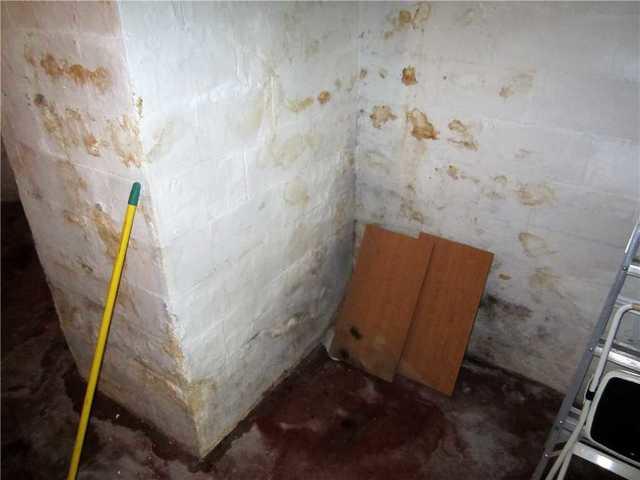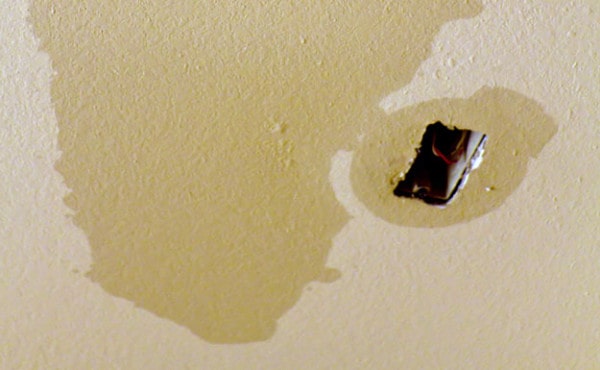Spot and Fix a Water Stain on Wall Surfaces: Comprehensive Manual
Spot and Fix a Water Stain on Wall Surfaces: Comprehensive Manual
Blog Article
This article following next on the subject of Water Stains on Walls is amazingly fascinating. Read on and make your own personal findings.

Water discolorations on walls are not pleasurable to the eyes. Sometimes it appears nearly unavoidable to experience water discolorations on walls in houses.
Property owners living in humid regions regularly deal with the concern of water discolorations on wall surfaces. With well-shaped and also accurate details on the causes of water stains as well as punctual repair processes, you will always be an action ahead of such events.
3 Common Sources Of Water Stains on Wall Surfaces
As opposed to common belief, water stains on wall surfaces do not always come from bad structure products. There are numerous sources of water discolorations on wall surfaces. These consist of:
Poor Drainage
This will certainly prevent water from leaking right into the walls. This web links to too much moisture that you discover on the walls of your structure.
So, the leading reason for wet walls, in this instance, can be a poor drainage system. It can also be because of inadequate monitoring of sewer pipelines that go through the building.
Moist
When hot wet air meets dry chilly air, it creates water beads to form on the walls of structures. When there is vapor from cooking or showers, this happens in bathrooms and also kitchen areas. The water droplets can stain the surrounding walls in these parts of your home and infect other locations.
Damp or condensation affects the roofing and walls of buildings. This creates them to show up darker than other areas of the residence. When the wall surface is wet, it produces an ideal atmosphere for the development of microbes and also fungis. These might have negative effects on health and wellness, such as allergies and also respiratory system disorders.
Pipe Leaks
A lot of homes have a network of water pipes within the walls. This makes certain that the pipes are well away from the reach of devastating rodents. It always raises the practicality of such pipelines, as there is little oxygen within the walls. This prevents corrosion.
Yet, a disadvantage to this is that water leak impacts the wall surfaces of the building and triggers prevalent damage. A dead giveaway of defective pipelines is the look of a water tarnish on the wall.
Water Stains on Wall: Repair Tips
Property owners would usually want a quick fix when handling water discolorations. They would certainly soon understand this is counterproductive as the water spots persist. Below are a couple of handy pointers that will certainly lead you in the fixing of water discolorations on wall surfaces:
Pro Pointer
A houseplant in your home likewise boosts its moisture. If the home is already moist, you may want to present houseplants with very little transpiration. An example of ideal houseplants is succulents.
Final thought
No one wants to have water discolorations on walls in their house, it can occur to the finest of us. This post provides you utilize, as you now recognize exactly how to manage this incident if it does occur.
It is always best to recruit expert solutions to assist deal with the damages in your house.
Often it appears practically unpreventable to experience water spots on wall surfaces in homes.
Contrary to preferred belief, water spots on walls do not constantly stem from inadequate building materials. There are numerous causes of water stains on wall surfaces. The water beads can tarnish the bordering walls in these components of your residence and spread to various other locations.
Here are a few helpful suggestions that will certainly guide you in the repair work of water discolorations on wall surfaces:
CHECKING FOR WATER DAMAGE
Water damage can be costly, and it may begin before you even notice the first signs of trouble. Water damage can cause mold and mildew in your walls and floors, which can create an abundance of health concerns for your family. It can also lead to costly repairs of various appliances and general home fixtures. To avoid the pricey consequences of water damage, here are Warner Service’s top 5 places you should check:
The walls – The easiest place to spot the beginnings of water damage is on the walls and ceilings of your home. If water damage is present, there will most likely be water stains, especially around the windows and doorframes, and/or cracks in the drywall. If a stain looks unusual (discolored to brown, black or gray, raised texture), has a swollen appearance or is soft to the touch, contact a professional immediately. The pipes – To avoid water damage, consistently check the pipes in your kitchen (especially the dishwasher and ice maker), bathrooms, laundry room (specifically washing machines) and basement for corrosion, leaks and water stains. Pay special attention to where the pipes connect in your home and the location of caulking around the bathroom fixtures, including toilets, sinks, showers and tubs. Missing or loose caulking and grout could be signs of leaking water. This seepage can also quickly cause mold and rust, so double check your water heater and tank for wet spots on the floor. The floor – Water damage is very easy to spot on the floor. Look for any warping or buckling of the material, especially in the basement. If your home has wood flooring, look for bright white or dark stains. If your home has carpeting, keep it dry and clean. A damp carpet that smells of mold could cause water damage and health problems. To avoid this, consider installing floor pans under your appliances to help prevent damages from small, slow and undetected leaks. The basement and attic – If your basement or attic smells odd check for mold and mildew around the area, especially the valley where the roof meets. While you are inspecting those areas, check for wall cracks, floor stains, rust and dampness in the insulation. If you live in a colder and/or rainier climate, perform routine checks for water damage from melting snow or ice and rain. The exterior – Check the roof for damaged flashing and missing, cracked or curled shingles. There should also be no standing water anywhere outside your home. This could be caused by puddles, leaky rain gutters or hoses, poor drainage, or short gutter spouts. Invest in a sump pump system or water flow monitoring system, and perform routine maintenance on these outdoor appliances to avoid indoor water damage.

We are very excited about Water Stains on Walls and I hope you enjoyed reading the new article. For those who enjoyed our blog posting plz remember to pass it around. I truly appreciate reading our article about .
Rates Report this page